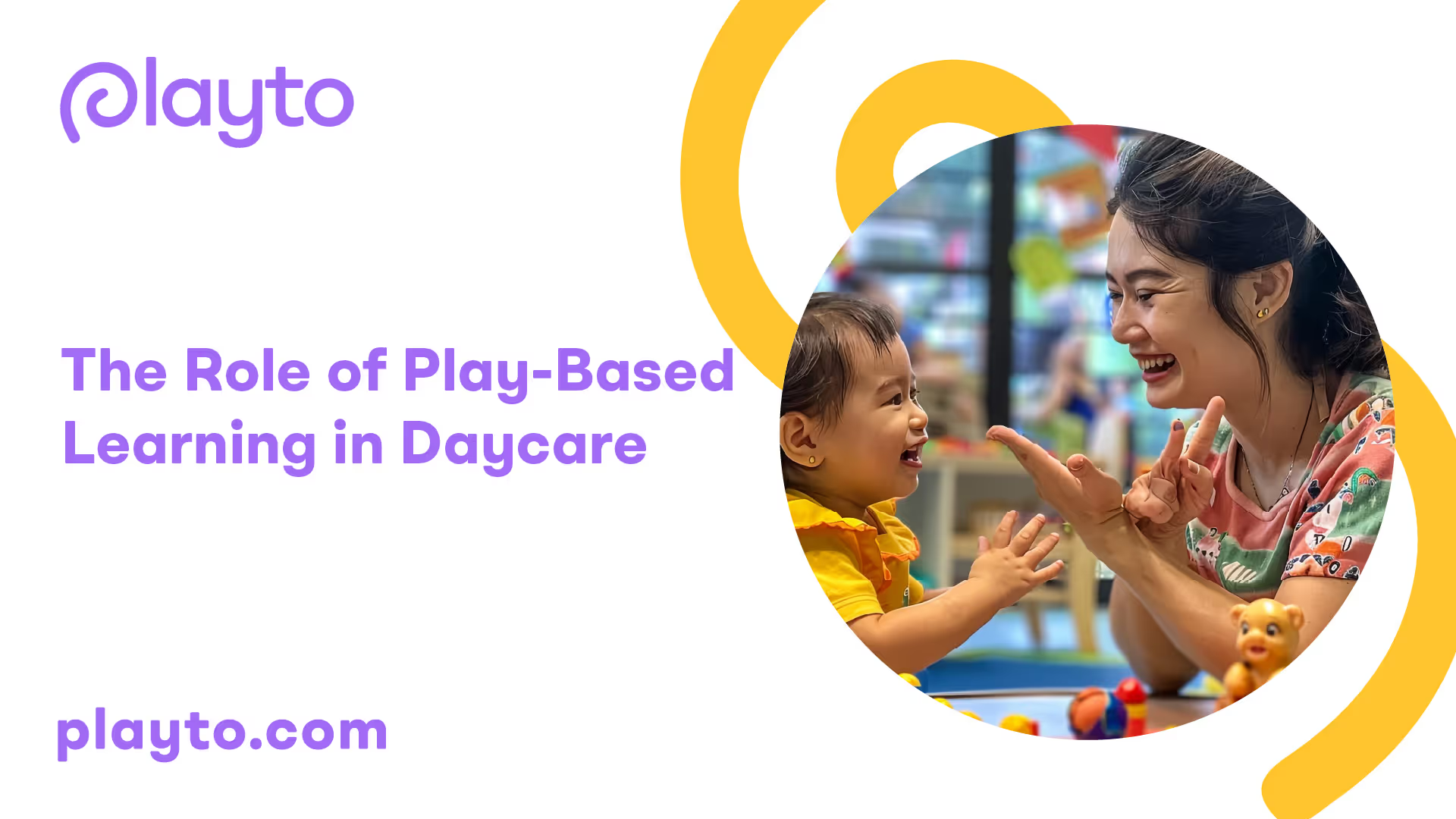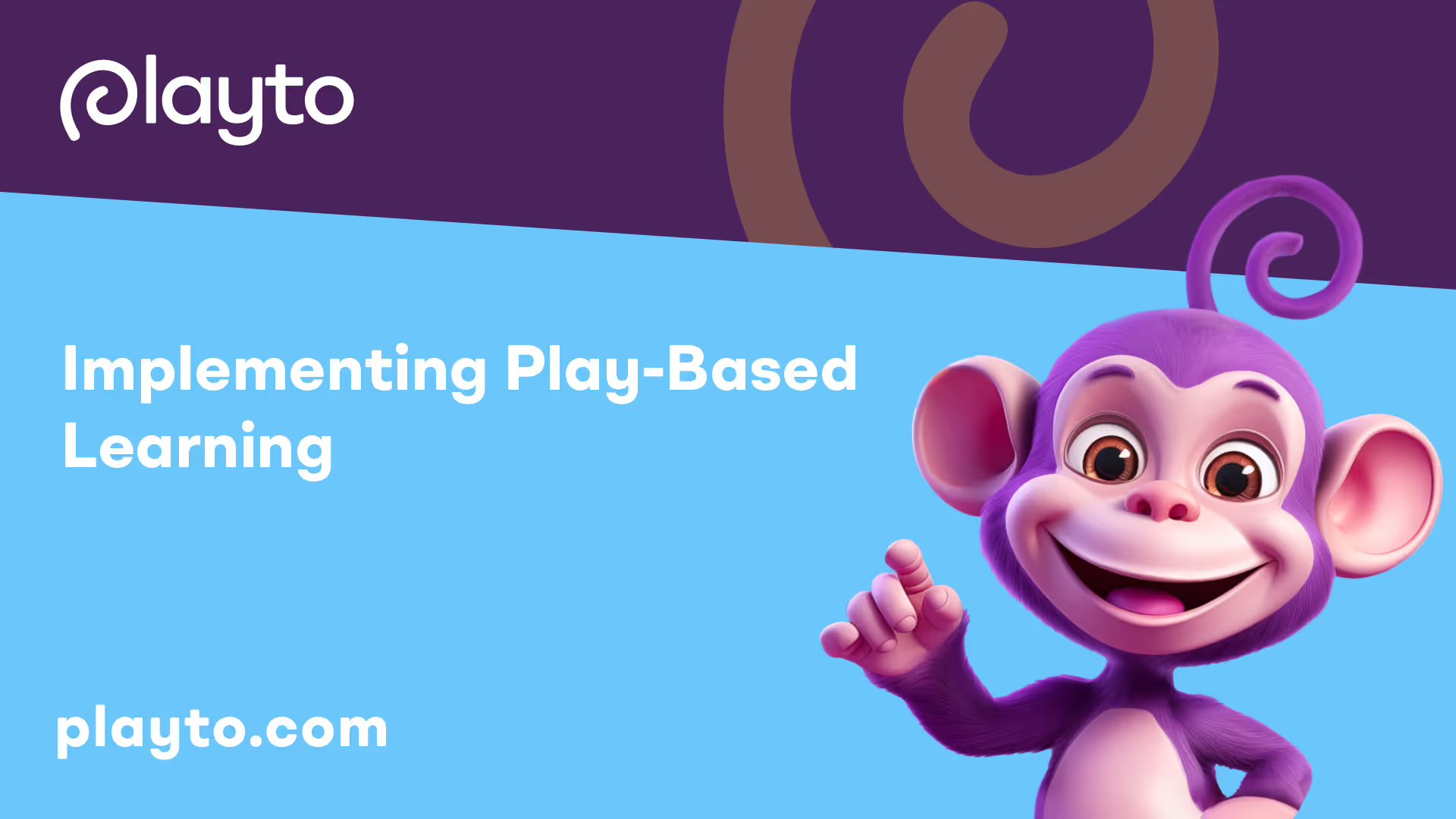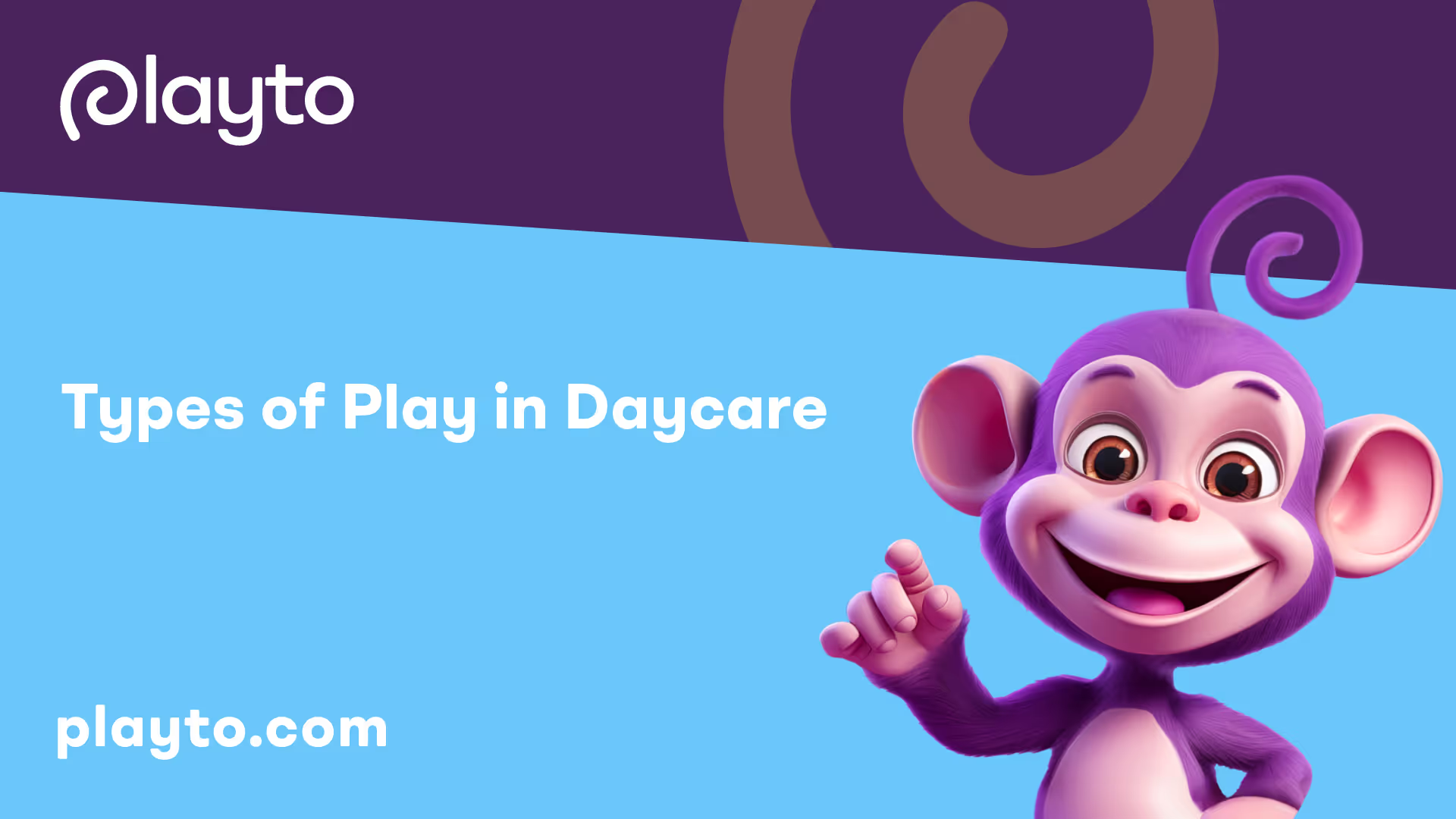
Understanding Play-Based Learning
Play-based learning is a powerful approach that has gained significant recognition in early education programs. It embraces the innate curiosity and creativity of children, providing a foundation for their development in various aspects such as academic skills, social-emotional growth, and cognitive abilities [1].
Definition and Benefits
Play-based learning is a child-directed and teacher-facilitated approach that brings the natural way of exploring the world into the classroom and onto the playground. It allows children to engage in free play where they choose what to do and how to interact with things, encouraging exploration and curiosity. This method creates meaningful learning experiences, inspires creativity, and builds social skills in children [2].
By integrating play into the learning process, children can develop essential skills and knowledge while having fun. Play-based learning allows children to engage in problem-solving, critical thinking, and decision-making, all while building a strong foundation for future academic success [1]. It promotes language development by allowing children to explore new vocabulary words in an organic, relevant, and authentic way, engaging in different forms of playful and reciprocal conversations [1].
Furthermore, play-based learning fosters creativity and imagination in young children. It offers benefits for their social-emotional and cognitive development, allowing them to explore and develop problem-solving and interpersonal skills [1]. Through activities such as painting, drawing, building, jumping, throwing, climbing, and running, play-based learning enhances children's motor skills, boosting both fine and gross motor skills [1].
Role in Early Education
Play-based learning plays a crucial role in early education, providing a well-rounded approach to learning and development. It aligns with the EYFS National Curriculum, which is inherently play-based and serves as the foundation for preschool children and those in Reception. This approach is essential for language development, emotional intelligence, regulation, creativity, and intellectual reasoning [3].
By incorporating play into early education, educators create an environment that supports learning in a developmentally appropriate way. Play-based learning allows all children to participate and engage, regardless of their learning speed or style. It helps children learn classroom concepts, expand their personal vocabulary, develop problem-solving skills, critical thinking abilities, and socialize with their peers. This approach enables children to take control of their learning with guidance from teachers based on the available materials.
In summary, play-based learning is a valuable approach that promotes holistic development in children. It nurtures their natural curiosity, creativity, and social skills while fostering academic growth. By integrating play into early education, teachers provide a solid foundation for children to explore, learn, and thrive in a supportive and engaging environment.

Implementing Play-Based Learning
To fully embrace the benefits of play-based learning in daycare settings, it is essential to create a playful environment and incorporate play into the curriculum. By doing so, educators can foster a rich and engaging learning experience for young children.
Creating a Playful Environment
Creating a playful environment is crucial for encouraging children's natural curiosity and promoting active engagement in learning. Incorporating play centers and materials that are connected to classroom learning can be an effective way to introduce play into the daily routine. Play-based learning centers can include traditional play centers, such as blocks, sensory tables, and dramatic play areas, which provide children with opportunities to explore, create, and imagine.
Additionally, incorporating manipulatives, such as puzzles, building blocks, and counting toys, can be highly effective for teaching new concepts to young children who are concrete learners. These hands-on materials allow children to engage with their senses and manipulate objects, reinforcing their understanding of academic concepts [4].
Incorporating Play in Curriculum
Integrating play into the curriculum ensures that learning is not limited to structured activities alone. Educators can incorporate games and playful activities to practice and review concepts taught in the classroom. These games can be simple and engaging, providing an interactive and enjoyable way for children to reinforce their learning [4].
Apart from structured play activities, it is also important to allow for free play. Free play encourages children to explore their interests, make choices, and develop their creativity. This unstructured playtime allows children to take the lead and engage in imaginative play, which promotes problem-solving skills, social development, and self-expression.
By incorporating play breaks after periods of focused learning, educators can provide opportunities for children to relax, re-energize, and be ready for the next lesson. These play breaks can include physical activities, outdoor play, or even simple movement exercises within the classroom. By incorporating play into the daily routine, educators recognize the importance of balancing academic learning with opportunities for play and self-expression [4].
By creating a playful environment and integrating play into the curriculum, daycare providers can harness the power of play-based learning. This approach not only enhances children's overall learning experience but also promotes their cognitive, social, emotional, and physical development. The role of play-based learning in daycare settings is invaluable, providing children with a solid foundation for lifelong learning and a love for exploration.

Types of Play in Daycare
In daycare settings, play takes on different forms, each with its own characteristics and benefits. Understanding the types of play that occur in daycare can help educators and parents appreciate the diverse ways in which children learn and develop through play.
Free Play vs. Guided Play
Two prominent types of play in daycare are free play and guided play. Free play, also known as child-directed play, is voluntary and flexible, allowing children to explore and engage with their environment on their own terms. During free play, children have the freedom to choose activities, make decisions, and interact with others at their own pace. This type of play often involves pretend play and has social, emotional, and developmental benefits.
On the other hand, guided play involves teachers taking a more active role in facilitating play experiences. In guided play, educators provide structure and support while allowing children to maintain control over their play. This type of play can have a broader range of academic outcomes for children, as it combines elements of both play and instruction. By incorporating guided play into the curriculum, educators can promote learning in a playful and engaging manner.
Benefits of Different Play Styles
Both free play and guided play offer unique benefits for children's development and learning. Free play allows children to explore their creativity, imagination, and problem-solving skills. It fosters independence, decision-making, and social interactions with peers. Through free play, children develop their language skills, cognitive abilities, and emotional regulation.
Guided play, on the other hand, provides opportunities for children to acquire specific knowledge and skills in a structured and purposeful manner. It allows educators to introduce academic content, such as math, literacy, and science, through playful activities. Research suggests that for children under eight years old, guided play can be more effective for teaching academic content than direct instruction. However, a balanced approach that combines both play and instruction is often considered the most age-appropriate and effective method.
By understanding the different types of play in daycare, educators can create an environment that supports children's development and learning. Incorporating both free play and guided play allows for a holistic approach to education, where children can explore their interests, develop essential skills, and engage in meaningful learning experiences. To learn more about the role of play in daycare, you may want to explore our articles on the role of dance in daycare education, the role of outdoor play in daycare, and the role of structured activities in daycare.
The Teacher's Role in Play-Based Learning
In a play-based learning environment, teachers play a crucial role in facilitating and guiding children's play experiences. Their role is to create a supportive and engaging atmosphere, observe children's play, and provide guidance when needed. Let's explore the two key aspects of the teacher's role in play-based learning: facilitating play sessions and observing and guiding play.
Facilitating Play Sessions
Teachers act as facilitators during play sessions, ensuring that children have access to a variety of materials and activities that promote exploration, creativity, and learning. They create a well-organized environment with designated learning centers that offer different materials for various types of play [2]. By providing a range of options, teachers allow children to choose activities that align with their interests and developmental needs.
During play sessions, teachers actively engage with children, asking open-ended questions, offering suggestions, and encouraging critical thinking. They encourage collaborative play by fostering positive social interactions among children. By actively participating in play sessions, teachers not only support children's learning but also build meaningful relationships with them.
Observing and Guiding Play
Observation is a vital tool for teachers in play-based learning. By closely observing children's play, teachers gain insights into their interests, strengths, and areas for growth. This information helps teachers tailor their instruction and provide appropriate guidance to enhance children's learning experiences [6].
During play sessions, teachers watch for moments when children may need additional support or challenge. They use open-ended questions, hints, and prompts to stimulate deeper thinking and problem-solving skills. When a child finds an activity too difficult or too easy, teachers step in to scaffold their learning and guide them towards new discoveries [6]. This individualized attention ensures that children are challenged and engaged at their own developmental level.
Teachers also play a role in guiding children's play towards specific learning objectives. They may introduce new materials, provide additional resources, or suggest alternative ways to explore a concept. By offering guidance, teachers extend children's learning beyond what they might achieve through independent play.
Through their facilitation and observation, teachers create a nurturing and stimulating play-based learning environment. They support children's natural curiosity, guide their exploration, and foster the development of essential skills and knowledge.
As play-based learning continues to gain recognition for its effectiveness in early education, teachers play a vital role in implementing this approach. Their guidance, facilitation, and observation empower children to actively participate in their own learning, develop social-emotional skills, and acquire knowledge in a meaningful and engaging manner. By embracing their role as facilitators and observers, teachers create an environment where play-based learning thrives.
Play-Based Learning Activities
In a daycare setting, play-based learning provides children with valuable opportunities to develop various skills while engaging in enjoyable activities. Two key areas that play-based learning focuses on are math and literacy skills, as well as social-emotional development.
Math and Literacy Skills
Play-based learning offers a rich environment for children to develop their math and literacy skills in a fun and engaging way. Through play, children can explore and learn foundational concepts that form the basis of these skills.
Math skills can be nurtured through activities such as counting games, shape recognition, sorting and classifying objects, and simple addition and subtraction games. By incorporating math concepts into play, children develop a strong number sense, spatial awareness, and problem-solving abilities. For example, playing with blocks can help children understand concepts like size, shape, and symmetry, while also encouraging them to experiment with patterns and measurements.
Literacy skills can also be strengthened through play-based activities. Reading books, engaging in imaginative play, and participating in storytelling sessions help children develop their vocabulary, comprehension, and language skills. Playful interactions and conversations with peers and caregivers promote language development, vocabulary expansion, and communication skills. By immersing themselves in a play-based environment, children can learn new words, practice sentence formation, and express their thoughts and ideas.
Social-Emotional Development
Play-based learning plays a crucial role in the social-emotional development of children. Through play, children learn how to interact with others, develop empathy, regulate their emotions, and build positive relationships. Here are some ways play-based learning supports social-emotional development:
- Cooperative Play: Participating in group activities and games encourages children to collaborate, take turns, and work together towards a common goal. This fosters cooperation, teamwork, and the ability to share and negotiate.
- Role-Playing: Engaging in dramatic play allows children to explore different roles and perspectives. They learn to understand and express their emotions, develop empathy, and practice problem-solving in a safe and imaginative setting.
- Building Relationships: Play-based activities provide opportunities for children to form friendships, build trust, and develop social skills. Interacting with peers and adults in a playful environment helps children learn about social norms, develop effective communication, and establish positive relationships.
By integrating math and literacy activities into play-based learning and focusing on social-emotional development, daycare providers can create a holistic learning environment that nurtures the overall growth and development of children.
To further explore the benefits and strategies of play-based learning in daycare, you can refer to our articles on the role of dance in daycare education, the role of play in daycare, the role of outdoor play in daycare, the role of free play in daycare, the role of structured activities in daycare, the role of group activities in daycare, and the role of individual attention in daycare.
Enhancing Learning Through Play
Play-based learning plays a crucial role in the development of children in daycare settings. It fosters creativity, imagination, and exploration, while also promoting various aspects of child development. In this section, we will explore the impact of play-based learning on child development and the effectiveness of play-based interventions.
Impact on Child Development
Play-based learning is a powerful approach that has gained significant recognition in early education programs. It embraces the innate curiosity and creativity of children to foster their development in various aspects, including academic skills, social-emotional growth, and cognitive abilities [1].
One of the key benefits of play-based learning is its positive impact on children's social-emotional development. Through play, children have the opportunity to engage in imaginative scenarios, role-playing, and cooperative activities. This helps them develop interpersonal skills, empathy, and problem-solving abilities. Play also allows children to explore and express their emotions, enhancing their emotional intelligence and self-awareness.
In addition to social-emotional development, play-based learning has a significant influence on cognitive development. During play, children engage in activities that stimulate their cognitive abilities, such as problem-solving, critical thinking, and decision-making. Play-based learning provides opportunities for children to explore cause and effect relationships, experiment with ideas, and develop their creativity and imagination.
Furthermore, play-based learning enhances children's motor skills through activities such as painting, drawing, building, jumping, throwing, climbing, and running. These physical activities contribute to the development of both fine and gross motor skills, improving coordination, balance, and spatial awareness [1].
Play-Based Interventions and Effectiveness
Play interventions have proven to be effective in helping children develop essential skills, particularly in the realm of socio-emotional development. Researchers have found that play-based interventions can have a positive effect on children's acquisition of skills such as math, shape knowledge, and task switching [6].
Anthropologists, developmental psychologists, and neuroscientists have extensively studied and documented the phenomenon of children learning through play. Play has been connected to the scientific inquiry process, speech development, cognitive processing, self-awareness, and self-regulation [7]. Play stimulates the production of proteins responsible for the growth of new neurons and synapses in the brain, supporting brain development and problem-solving skills. Conversely, play deprivation negatively affects brain development.
Play-based interventions are widely used as a treatment for children who struggle to develop socio-emotional skills and establish positive peer relationships. These interventions have shown effectiveness in helping children develop these essential skills.
By incorporating play-based learning into daycare settings, educators can create an environment that supports the holistic development of children. Play-based learning not only enhances academic skills but also nurtures social-emotional growth and cognitive abilities. It is a powerful tool that allows children to learn, explore, and grow in a way that is enjoyable and meaningful to them.
.avif)